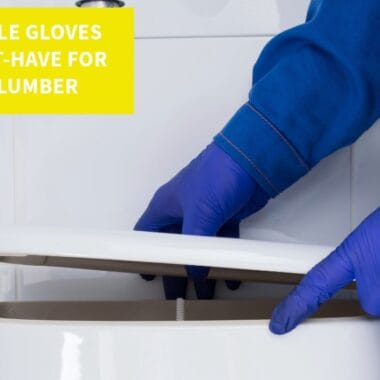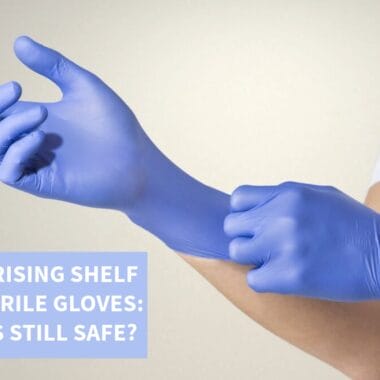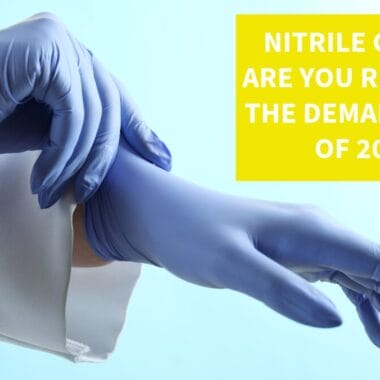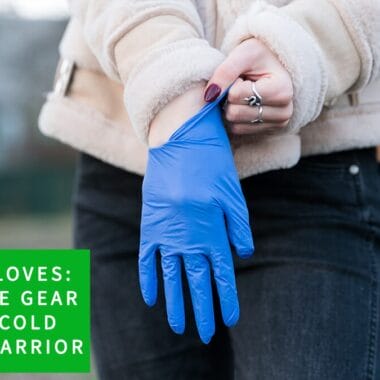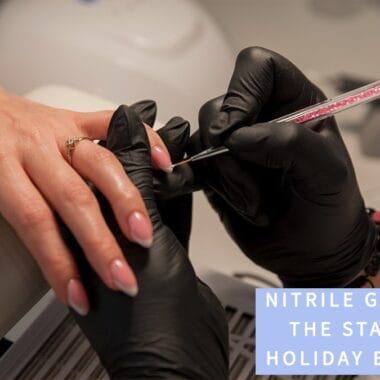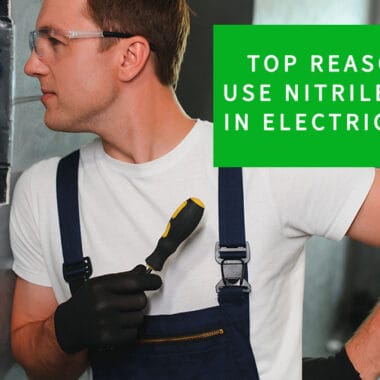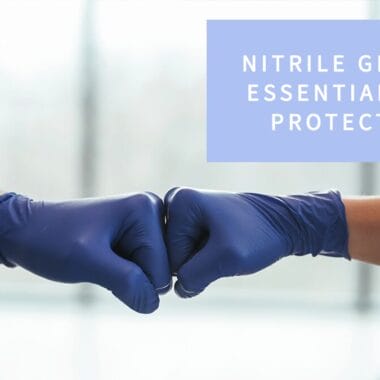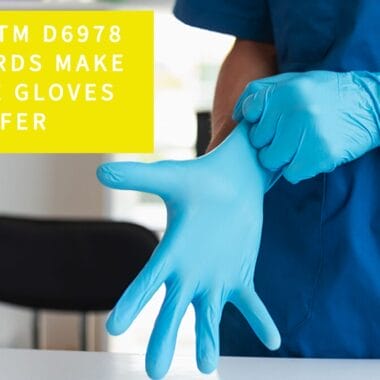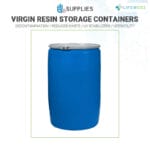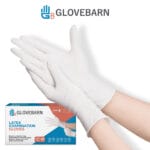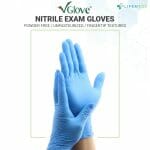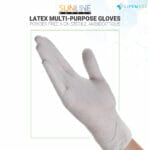What are Air-Purifying Respirators?
Air-purifying respirators (APRs) are a type of personal protective equipment (PPE) designed to filter harmful airborne contaminants, such as dust, gases, vapors, and pathogens, from the surrounding air before it is inhaled. APRs protect users by drawing in ambient air through specialized filters or cartridges that capture or neutralize hazardous particles. Commonly used in healthcare, construction, chemical processing, and industrial environments, these respirators ensure workers breathe clean, filtered air even in environments with dangerous substances.
How Do Air-Purifying Respirators Work?
Air-purifying respirators work by pulling contaminated air through filters or cartridges that trap hazardous particles or absorb harmful gases and vapors. The filter type used depends on the nature of the hazard. Particulate filters trap dust, allergens, and pathogens, while gas and vapor cartridges neutralize or absorb harmful chemicals, fumes, or gases. APRs do not supply oxygen, so they should only be used in environments with sufficient oxygen levels.
There are two main types of air-purifying respirators: disposable (single-use) and reusable models, such as elastomeric respirators, which have replaceable filters or cartridges.
Types of Air-Purifying Respirators
- Disposable Respirators: These are single-use masks, such as N95 respirators, designed to filter out particulate matter like dust and airborne pathogens. They are commonly used in healthcare, construction, and industrial environments.
- Elastomeric Respirators: These reusable respirators are made of durable materials like rubber or silicone and are equipped with replaceable filters. Elastomeric respirators can filter both particulate matter and hazardous gases and are used in healthcare, industrial, and chemical settings.
- Powered Air-Purifying Respirators (PAPRs): PAPRs use a battery-powered blower to push air through filters, delivering purified air to the wearer’s facepiece or hood. They offer enhanced comfort and protection, especially for long-duration use.
Applications of Air-Purifying Respirators in the PPE Industry
Air-purifying respirators are essential for protecting workers from airborne contaminants in various industries. In healthcare, APRs like N95 masks protect workers from inhaling infectious agents such as viruses and bacteria, particularly during pandemics like COVID-19. In industrial environments, APRs safeguard workers from inhaling hazardous dust, chemical vapors, and fumes that can lead to respiratory diseases or other health issues.
In construction, air-purifying respirators are used to filter dust and particulates during activities like sanding, grinding, and demolition, reducing the risk of respiratory problems caused by inhaling materials like silica or asbestos.
Conclusion
Air-purifying respirators are vital tools in protecting workers from airborne contaminants across a range of industries. By using filters or cartridges to trap harmful particles or neutralize hazardous gases, APRs ensure that workers have access to clean air, reducing the risk of respiratory illnesses and promoting workplace safety. Whether in healthcare, industrial settings, or construction, air-purifying respirators are a key component of any comprehensive PPE program.
« Back to Glossary Index

